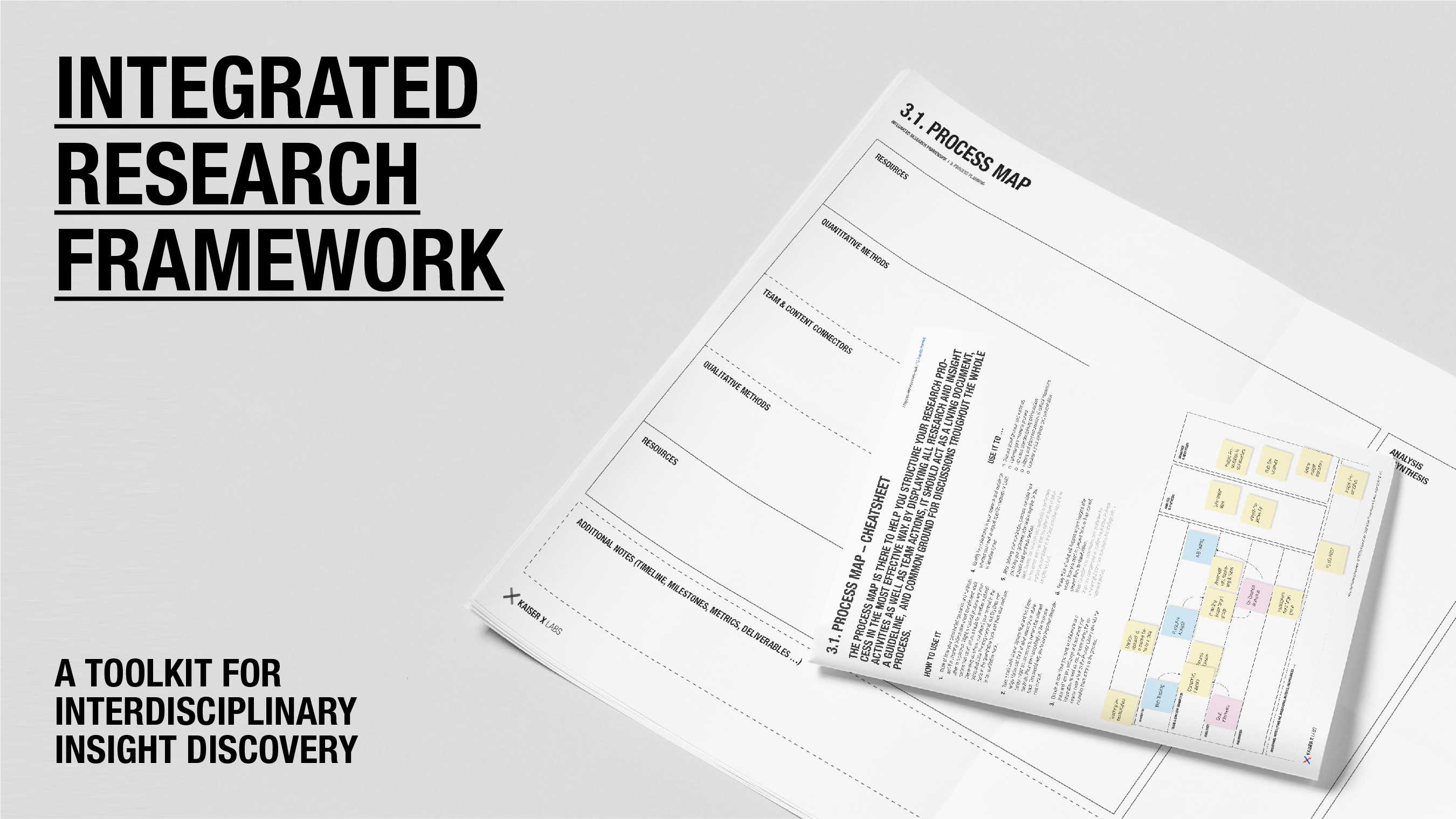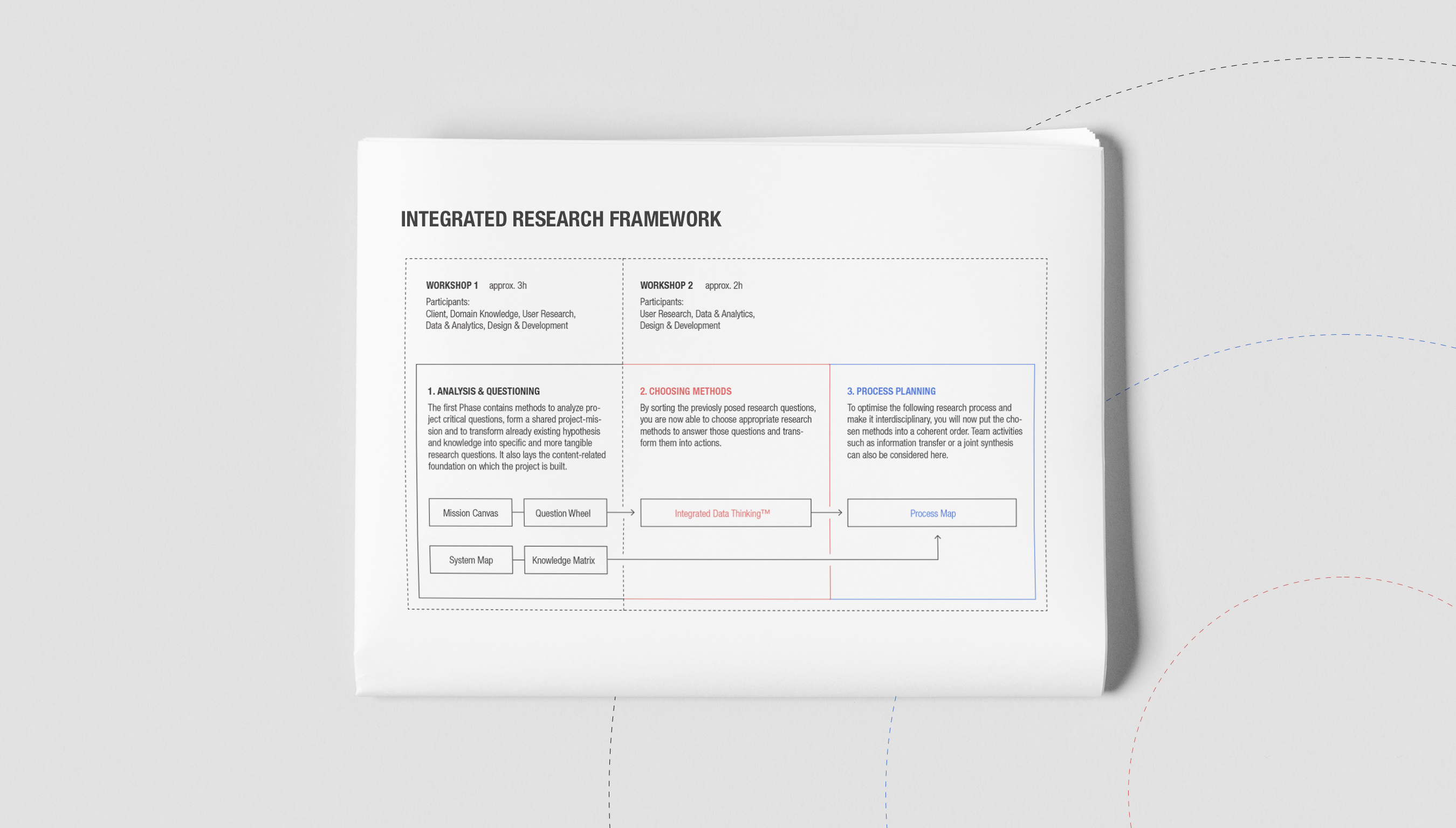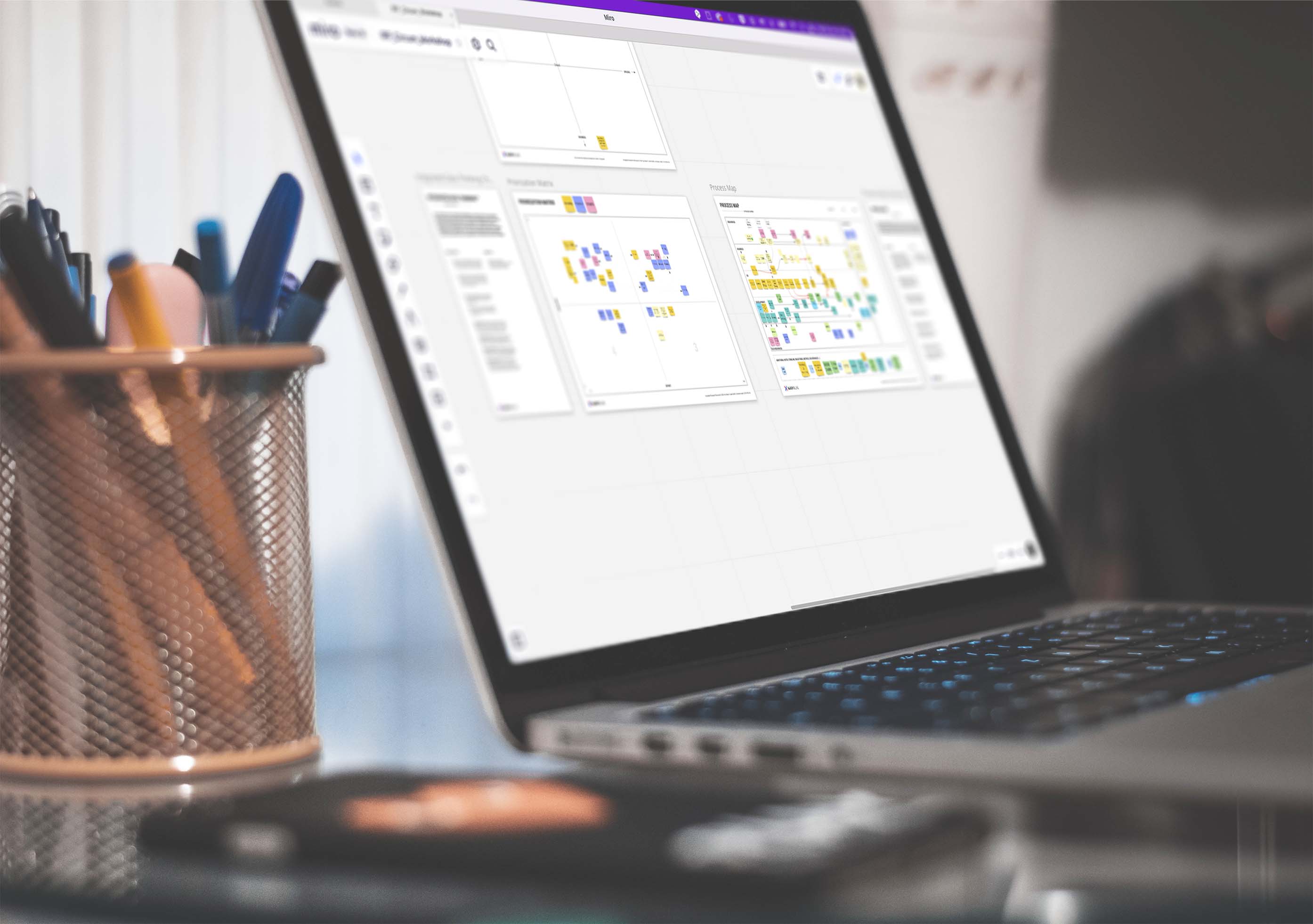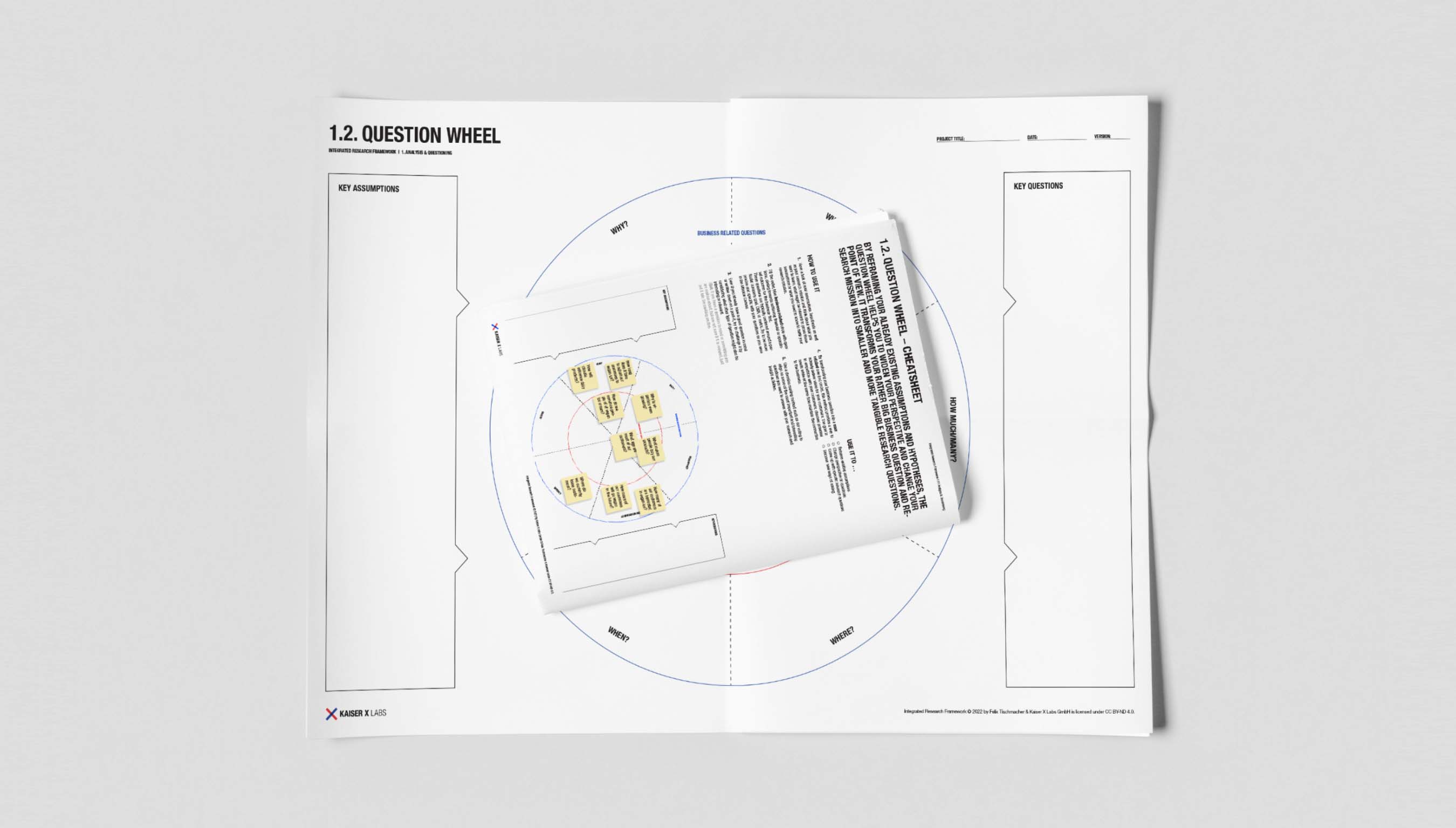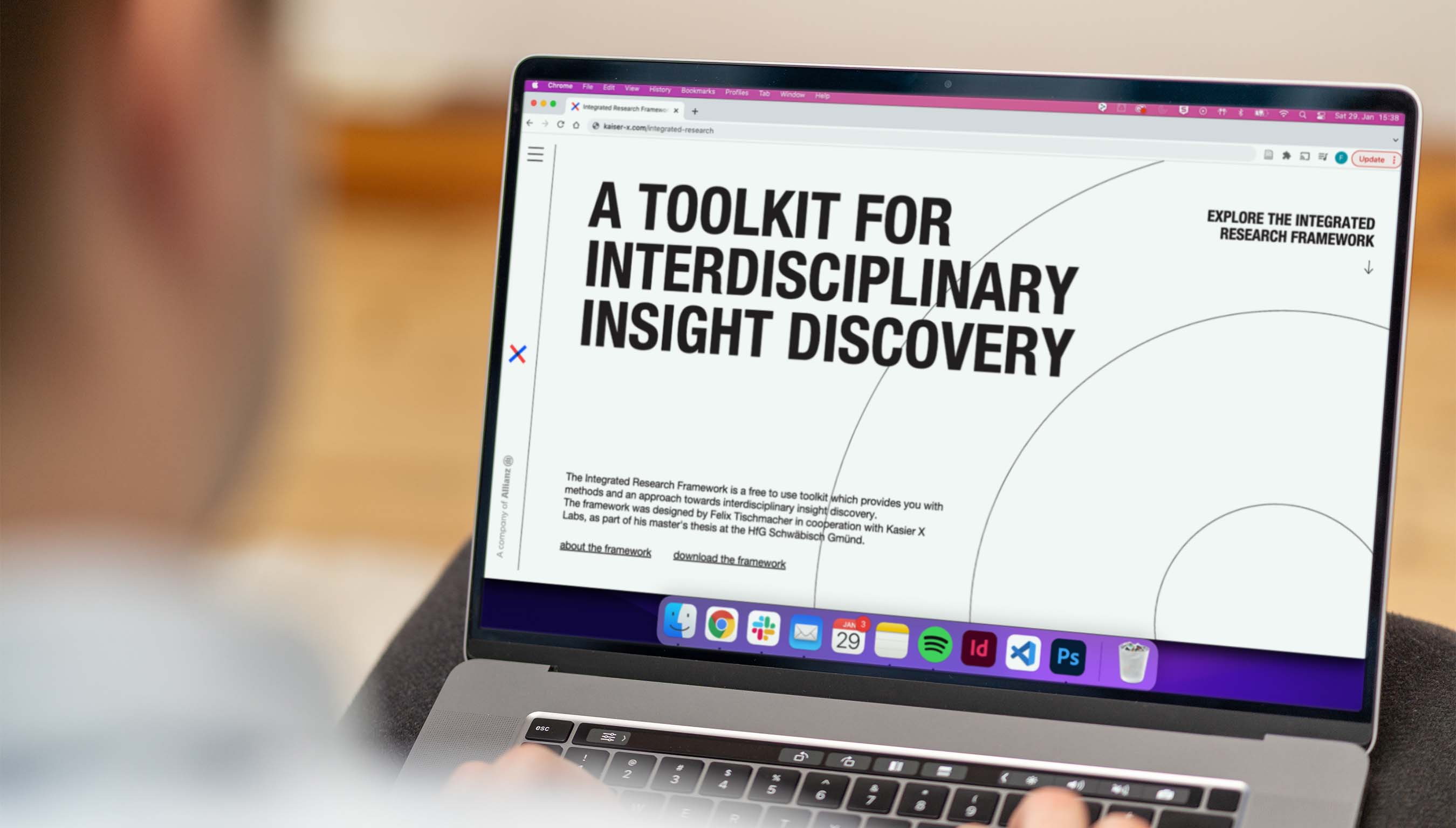This thesis responds to the increasing relevance of quantitative data as a business-critical resource. Methods and procedures from data science are integrated into the research phase of design and innovation processes in order to generate an evidence-based information basis for following strategic and design decisions. The Integrated Research Framework offers a procedural and systemic approach through which user researchers, designers and data scientists can overcome a professional and communicative barrier in order to work together.
“While many organizations are investing in data and design capabilities, only those that tightly weave these disciplines together will unlock their full benefits.”
McKinsey & Company, Fusing data and design to supercharge innovation
The hurdle and chances of quantitative data
Quantitative data represent an enormous information potential, but due to the technical complexity of data collection, processing and analysis, this source of information is rarely used in design processes. However, in qualitatively driven design processes as well as in strategic decision-making, the combination with quantitative data could bring a great advantage. The broad and comprehensive view of situations through data, perfectly complements the deep qualitative and empathic engagement with people and enables a holistic understanding of challenges.
Approach of the Integrated Research Framework
In order to bridge the disciplinary knowledge and understanding gap as well as the opposing paradigms between user research as a qualitative and data science as a quantitative discipline, the Integrated Research Framework first establishes a content-related and communicative basis. This serves as a unifying element that provides a communication support for interdisciplinary teams, regardless of their level of expertise.
This content base is then transformed into specific research methods and assembled into a concrete research plan. The focus here is not on the execution of the individual methods, but on their systemic interplay and complementarity in terms of content.
Effects on the bigger picture
The framework and the specially developed methods not only enable interdisciplinary collaboration and communication, but also represent an initial access point to the world of data in design processes. As a result, data can be included in the development and evaluation of new products, services and business models as a source of information as well as an elementary component right from the very beginning.
The Integrated Research Framework was developed in cooperation with the Kaiser X Labs GmbH.
